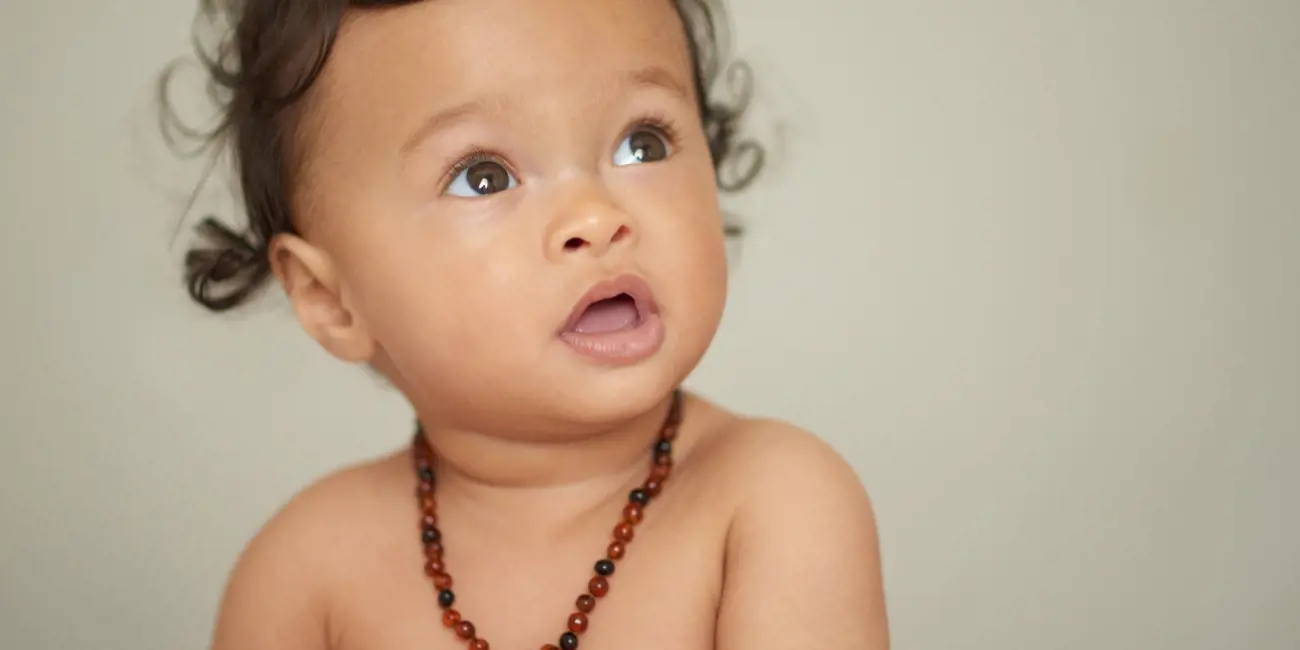Did you know that a baby technically starts teething in the womb? It's true - the only reason we can't see them when they're born is that they have beautiful, plump gums covering them - but the basic substance of the tooth has formed and is ready to protrude the gums within, on average, 16 weeks.
Teething is a glorious time
Said no parent ever! If you have children more than six months old, you will know teeth can cause disruptions to so many areas of your baby's day and night! Some common teething signs include:
- One red, flushed cheek
- Swollen gums
- Mild temperature
- Excessive dribble
- Irritability
- Loss of appetite
- Excessive need to chew
- Ear rubbing on the same side as the erupting tooth
- Sucking fingers and fists
- Disruption to sleep
- Change in bowel movements
- Nappy rash
General teething guide
So when do babies start teething? Here's a general guide to when and in what order baby teeth usually appear in teething babies:
Managing symptoms
Of course, teething symptoms are not easy for them but it's not easy for parents to know how to help, either. There are plenty of ways you can manage signs of teething without medication but, of course, should your baby get no relief, a small dose of paracetamol will take the edge off the pain. Other ideas are:
Wet cloth
This sounds a little too simplistic, but taking to your baby's gums with a damp, cold cloth can alleviate the pain as the tooth appears and help numb the area that is troubling them the most.
Teething rings
This method is almost as old as time but that just means it's time-tested! If your baby is old enough to grasp, they will love the idea of cold pressure being applied. Just remember to chill the teething ring, but don't freeze it!
Teething necklaces
Unlike toys and teething rings, these necklaces won't need to be fetched from the floor and cleaned too regularly - and they look great! The only warning is to use common sense when it comes to babies and children with necklace accessories and use caution with strangulation in mind.

Make teething treats
There are all kinds of food on the market to assist babies in teething. Truth is, if you have some time on your hands, you can easily make these yourself! Teething rusks are healthier for your child's teeth and are pretty easy to make.
Wooden toys
Alright, this sounds a little crazy but, with time, there will be a few teeth bite marks on those toys and you'll thank us! Go for toys with long wooden handles so they can reach all the way back to their molars!
Nappy changes
Pay special attention to their nappies. The excess drool oftentimes leads to much looser stools, in turn increasing the risk of nappy rash. If your teething child has dirty nappies, get onto it as quickly as possible.
What if all this doesn't help?
Of course, there are things we ‘put down' to teething that we have a niggling feeling could be more. If you've exhausted all pain relief options to help alleviate baby teething symptoms including teething gels, it's time to go for a doctor's visit. Always take your baby or toddler to a health professional if you feel like they're not getting relief. There could be something else going on apart from your baby's teeth. Teething can, at times irritate the ears so much that an infection could begin.
If your baby is well out of sorts, chat with your maternal child health nurse, family GP, dentist, or pharmacist for advice.
National helplines:
Healthdirect:
1800 022 222, 24 hours, 7 days.
Pregnancy, Birth, and Baby
1800 882 436, 7 am-midnight, 7 days.
Individual state helplines are available on Raising Children.
All information provided in this article is based on developmental averages. If you have concerns about the development of your child, please seek advice from a health professional.



































